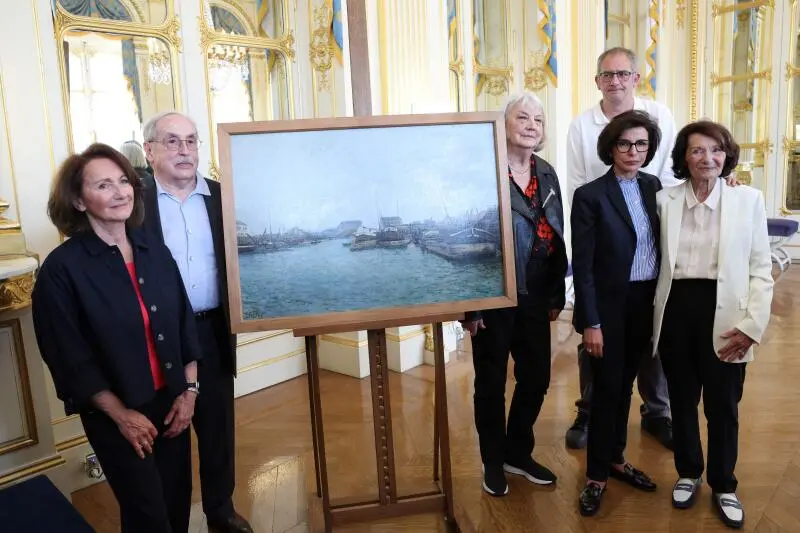In a significant act of restitution, France has returned several paintings sold under duress during the Nazi occupation to their rightful heirs. Among these are notable works by Pierre-Auguste Renoir and Alfred Sisley. These paintings, which were sold at greatly reduced prices during the war, have finally been returned to the families from whom they were unjustly taken.
The Historical Context
During World War II, many Jewish families in Nazi-occupied France were forced to sell their artworks under duress or had them outright looted. This resulted in countless masterpieces being dispersed across Europe, often finding their way into private collections and national museums. The recent restitution efforts are part of a broader initiative by the French government to address these historical injustices.
The Returned Artworks
The returned works include significant pieces by Renoir and Sisley, two renowned Impressionist artists. The paintings had been held in French national collections, including the Louvre and the Musée d’Orsay. The heirs of the original owners have long sought the return of these artworks, and this recent development marks a triumph in their decades-long struggle.
Government Actions
The French government’s actions were facilitated by the Commission for the Compensation of Victims of Spoliation (CIVS), which has been instrumental in identifying and returning looted or forcibly sold artworks. The recent restitution includes a total of 15 works of art, spanning various artists and genres, all of which were sold under duress or looted during the Nazi regime.
Significance and Impact
This restitution is not just about returning valuable artworks; it is also a symbolic gesture acknowledging the injustices faced by Jewish families during the Nazi occupation. French Culture Minister Roselyne Bachelot emphasized the importance of these actions in restoring the dignity and memory of the affected families.
Ongoing Efforts
France has been increasingly proactive in addressing the restitution of Nazi-looted art. In recent years, several high-profile restitutions have taken place, and efforts continue to identify and return more works to their rightful owners. This process involves meticulous research and collaboration with international experts to trace the provenance of artworks and ensure their rightful restitution.
Conclusion
The return of Renoir and Sisley paintings to their heirs marks a significant step in rectifying the wrongs of the past. It reflects a broader commitment to justice and reconciliation, highlighting the ongoing efforts to address the complex legacy of Nazi-looted art.
For more detailed information on these restitutions, you can refer to reports by sources such as Smithsonian Magazine and Hyperallergic.
























